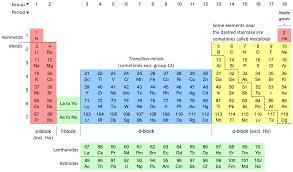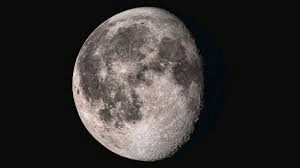An ancient form of paper, made from a plant of the same name.
What is Papyrus?
The gaseous layer surrounding Earth or another heavenly body.
What is an atmosphere?
A noticeable change in density between the Earth's crust and mantle.
What is the Moho?
The one thing that drives all weather on Earth.
What is the sun?
Anything that has mass and takes up space.
What is matter?
The speed of an object in a given direction.
What is velocity?
Six statements organized to describe what it means to be alive.
What are the criteria for life?
The two main divisions of all animals.
What are vertebrates and invertebrates?
The color of Mr. Knight's car.
What is red?
One of the best ways to write this is with an "If,...then" statement.
What is a hypothesis?
The four planets furthest from the sun; Jupiter, Saturn, Uranus and Neptune.
What are the Jovian Planets (or gas giants)?
The decayed remains of once-living organisms.
The most abundant gas found in Earth's atmosphere.
What is Nitrogen gas?
A table organizing all of the known elements, as shown below.

What is the periodic table of the elements?
A device that either multiplies or redirects a force.
What is a simple machine?
The process by which green plants and some other organisms use the energy of sunlight and simple chemicals to produce their own food.
What is photosynthesis?
All of the genes that a human has.
What is a human genome?
Mr. Knight's birthday.
What is May 8th?
A description of a natural phenomenon or principle that is supported by a significant amount of evidence and often includes mathematical terms.
What is a scientific law?
An organized system of millions or billions of stars, gas, solar systems, and dust that are held together by gravitational attraction.
What is a galaxy?
The theory stating that Earth's crust is broken up into a bunch of little pieces, floating on the liquid mantle.
What is the plate tectonic theory?
The second layer of our atmosphere (where ozone is found and where jets fly).
What is the stratosphere?
A simplified model of what an atom looks like, as shown below.
What is the Bohr Model?
A scientific law relating mass and acceleration using the mathematical term below:
F=m*a
What is Newton's second law (or law of acceleration)?
The nucleotide base that always pairs with Thymine.
What is Adenine?
The powerhouse of the cell.
What is the mitochondria?
The number of siblings Mr. Knight has.
What is 6?
Experiments in which neither the experimenters nor the participants know the objects' identities in the setup.
What are double-blind experiments?
A planetary phenomenon in which the Earth falls in between the sun and moon.
What is a lunar eclipse?
Inorganic crystalline structures found naturally in the Earth.
What are minerals?
The process summarized by all of the water on Earth moving through evaporation, condensation, and precipitation.
What is the water cycle (or hydrologic cycle)?
Man-made molecules (consisting of monomers) that are formed into specific shapes and textures, called plastics.
What are synthetic polymers?
Small packets of light energy that travel in beams, but behave mostly like waves.
What are photons?
A cell with distinct, membrane-bound organelles.
What is a eukaryotic cell?
Organisms that obtain their nourishment from dead organisms.
What are saprophytes?
What Mr. Knight wants to be when he grows up.
What is a teacher?
A form of textual criticism that asks two questions: "How many years have passed between the original document and the first copy?" and "How many copies are there?"
What is the bibliographic test?
The name of the moon phase with this shape

What is a Gibbous?
The theoretical collection of all of the fossils in the world, used to help us determine how old the Earth is (also where we first discovered Mauricio).
What is the fossil record (or geological record)?
The device used to measure humidity.
What is a hygrometer?
The words that stand for pH, and of which a scale is used to classify how acidic or basic a substance is.
What is Potential for Hydrogen?
The term used to describe how a beam of light may look bent under certain conditions.
What is refraction?
The full name for DNA.
What is deoxyribonucleic acid?
The four major compounds in cells.
What are carbohydrates, lipids, proteins, and nucleic acids?
Mr. Knight's favorite subject in school.
What is English?